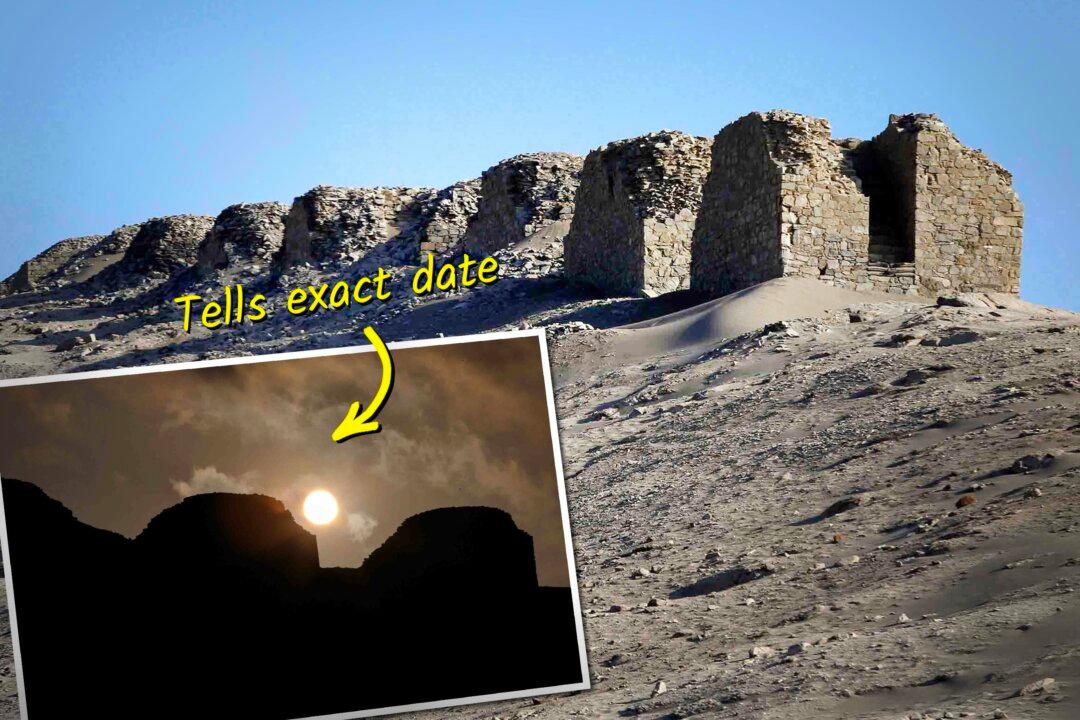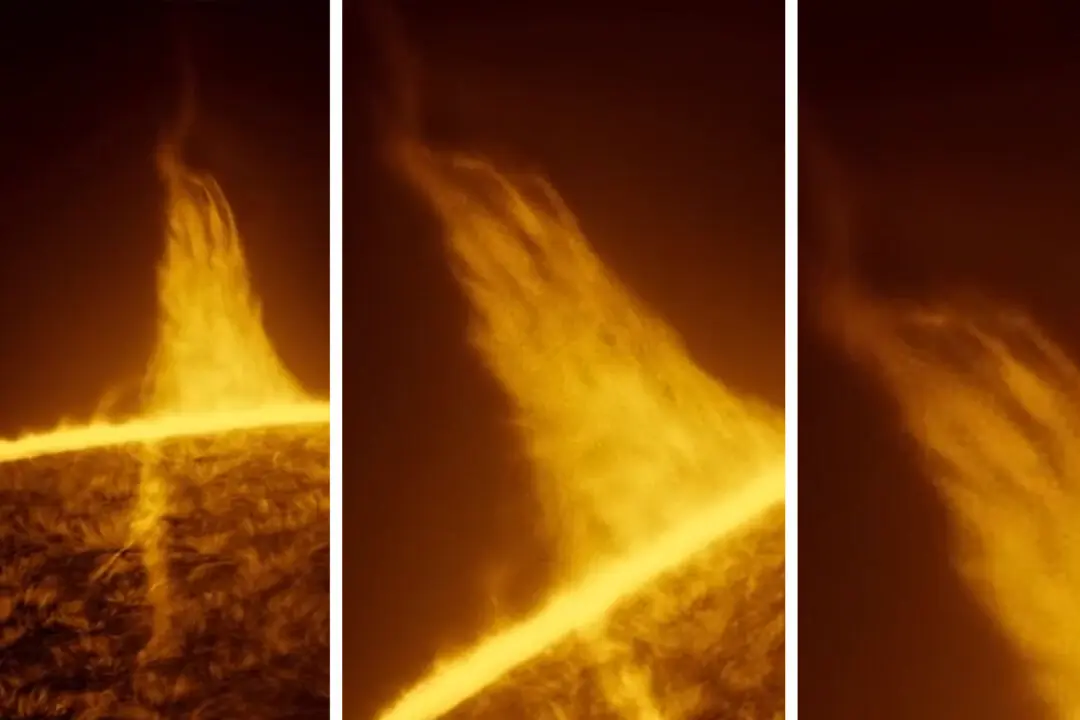In the beginning, there were the roaming alpacas, the bountiful green valleys that wound on forever, and the rising of a sun that was worshipped as a god.
When the Incas arrived at the Casma River Valley where a stone observatory once measured the passing of time using the sun, it must have seemed miraculous.






